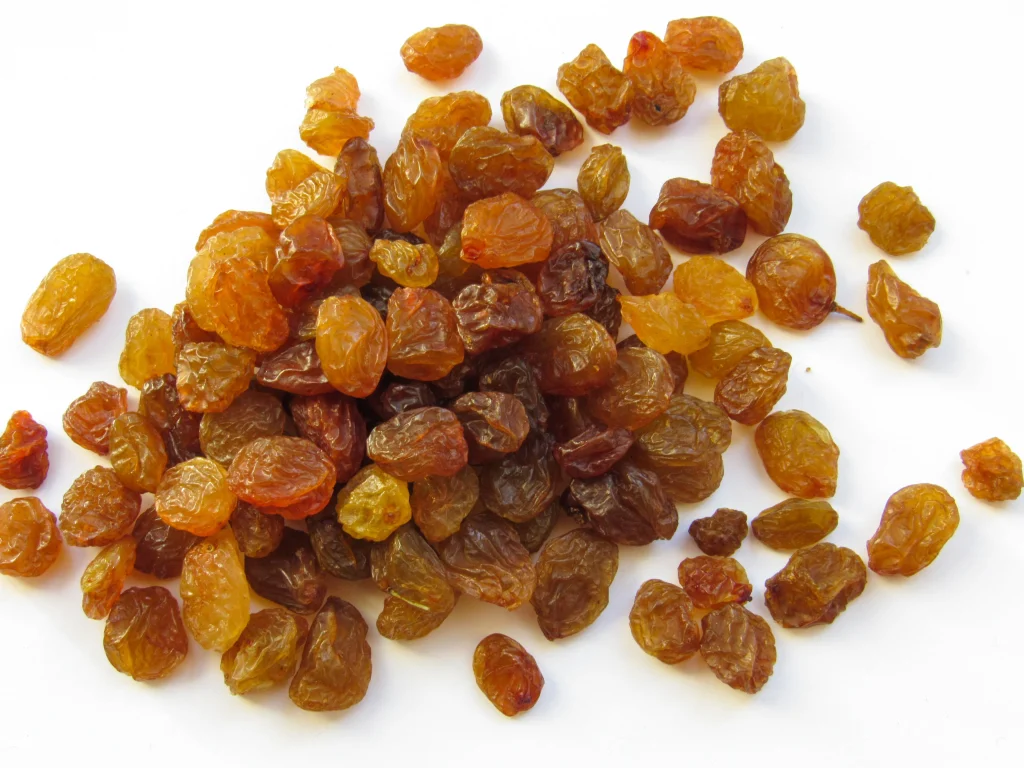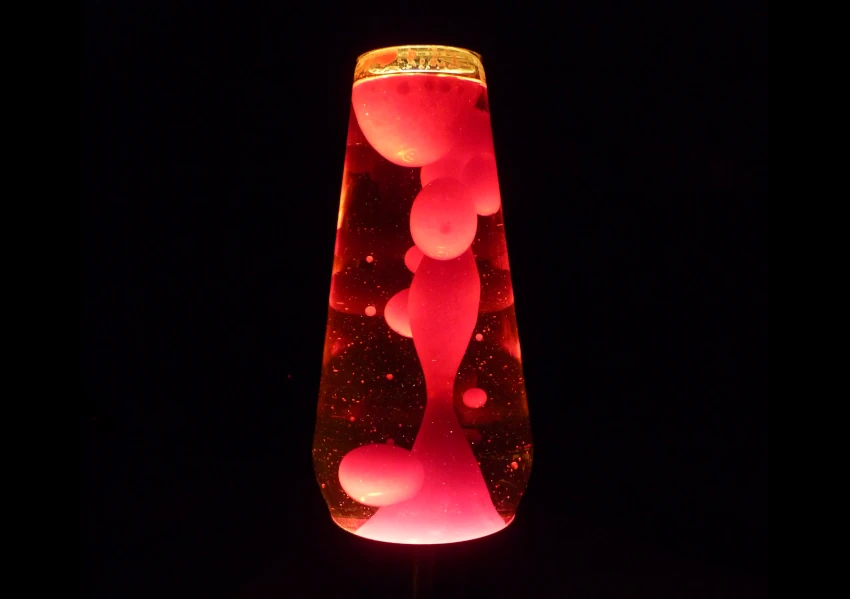Why are Science Experiments Important?
Science experiments are one of the most important and fun ways to learn about the world around us. They help us to understand how things work, as well as teach critical thinking and problem-solving skills.
Doing science experiments can be an exciting way to make learning about science more engaging and accessible for people of all ages. Experiments encourage people to ask questions, formulate hypotheses, test theories, and observe results.
It allows individuals to engage deeply with scientific concepts in a hands-on manner that is both fun and educational. Furthermore, science experiments can help create a deeper understanding of complex topics while also promoting creativity among learners.
Overview of 5 Quick and Easy Science Experiments
If you are looking for some fun and easy-to-perform science experiments that you can try at home or school, then you have come to the right place. Here are five quick science experiments that will pique your curiosity: 1) Dancing Raisins: A simple experiment where raisins move up-and-down in carbonated water due to chemical reactions between water molecules and carbon dioxide bubbles.
2) Homemade Lava Lamp: An experiment that demonstrates how oil is less dense than water by forming blobs in a bottle when mixed with food coloring and Alka-Seltzer tablets. 3) Balloon Rocket: An experiment that showcases Newton’s Third Law by propelling a balloon attached to a string when air is released from it.
4) Invisible Ink: An experiment where lemon juice acts as invisible ink on paper due to oxidation properties when heated. 5) Bouncy Egg: An experiment where vinegar dissolves calcium carbonate from an eggshell making it bouncy due to its new soft membrane.
These experiments require only everyday household items, so they’re easy enough for anyone – kids and adults alike – to try! So, let’s dive in and explore the science behind each of these experiments in greater detail.
Experiment 1: Dancing Raisins
The Surprising Science Behind Carbonation and Raisins

Are you ready to make raisins dance? This experiment is as simple as it is fun, and all it takes are a few household items.
Here’s what you’ll need: a clear glass, some raisins, and carbonated water. That’s it!
You can use any type of carbonated water for this experiment – club soda or sparkling water work just fine. First, fill your clear glass about halfway with carbonated water.
Next, drop in a handful of raisins. Step back and watch the magic happen!
You’ll soon see the raisins start to “dance” around in the glass, moving up and down as if they have a life of their own. What causes this strange phenomenon?
It all has to do with carbonation! Carbonated beverages contain dissolved carbon dioxide gas that forms bubbles when the pressure is released (i.e. when you open a bottle or can).
When you add raisins to carbonated water, tiny bubbles form on the surface of the raisin due to small bumps on its surface called nucleation sites. These bubbles attach themselves to the ridges on the surface of the raisin causing it to rise rapidly towards the surface where they pop releasing CO2 gas which causes them to sink rapidly again.
This cycle repeats itself leading to continuous movement that looks like dancing! So next time you enjoy your favorite bubbly drink be reminded that there’s science happening right before your eyes- go ahead add some sultanas into your soda glass and witness them getting their groove on too!
Experiment 2: The Groovy Homemade Lava Lamp Experiment

Remember the classic lava lamps from the 60s and 70s? Well, now you can make your very own homemade version!
This experiment is not only fun, but also educational. Here’s what you’ll need:
– A clear plastic bottle (smaller is better) – Vegetable oil
– Food coloring – Alka-Seltzer tablets
Step-by-step guide
1. Fill the plastic bottle about a quarter full with water. 2. Add several drops of food coloring to the water.
Use as much or as little as you like depending on how bright you want your lava lamp to be. 3. Fill the rest of the bottle with vegetable oil, leaving a small gap at the top.
4. Break an Alka-Seltzer tablet into small pieces and drop them one at a time into the bottle. The oil and water don’t mix because they have different densities: oil is less dense than water, so it floats on top.
When an Alka-Seltzer tablet is added to water (the bottom layer), it starts fizzing and produces carbon dioxide gas bubbles that rise to the top layer of oil. When these bubbles pop at the surface, some of the colored water droplets get caught in them and are carried up to form blobs that look like lava lamp blobs.
The science behind it
This experiment demonstrates several scientific concepts such as density, polarity, solubility and chemical reactions. The density difference between the two liquids causes them to separate into layers because each liquid has its own weight; this creates distinct boundaries between them which can be seen clearly in a transparent container. The food coloring dissolves in water but not in oil because it is polar while oil is non-polar – thus creating colorful droplets that are much denser than air molecules which help them rise.
When the Alka-Seltzer tablet is added to the water, it reacts with it to produce carbon dioxide gas, which rises up through the oil layer and creates little bubbles which eventually burst at the surface of the oil layer. The bursting of these bubbles creates a mini-explosion that ejects some of the colored water droplets into the oil layer, where they float around until they attach to another bubble or reach equilibrium.
This experiment is an excellent way to teach kids about science and allows them to witness firsthand how different materials can interact with each other in interesting ways. Not only does it spark curiosity and creativity, but it also provides a safe and fun activity to do at home!
Experiment 3:The Balloon Rocket Experiment
Have you ever wondered how rockets work? With the balloon rocket experiment, you and your kids can gain a basic understanding of Newton’s Third Law of Motion. This law states that for every action, there is an equal and opposite reaction – a principle that propels rockets into space.
For this experiment, all you need is a balloon, string, straw and some tape. First, blow up the balloon and pinch the end closed with your fingers.
Next, tape one end of the string to a wall or any other high anchor point. Thread the straw through the string so that it slides easily along it.
Tape the other end of the string to another fixed point in front of where you want your rocket to launch from. Now comes the fun part!
Release your fingers from the balloon stem and watch as it zooms down the length of the string like a rocket being launched into space! The air rushing out from inside the inflated balloon creates an action force propelling it forward along with an equal and opposite reaction force pushing back against air molecules behind it.
Propelling Your Understanding Forward
So how does this experiment relate to Newton’s Third Law? When we blow up a balloon, we’re filling it with air that contains energy which is released when we let go of its stem. The pressure inside forces air out in one direction which creates a force called “thrust.” The thrusts create action-reaction pairs: while one force pushes forwards (action), another equal force pushes backwards (reaction).
These forces are what propel our balloon-rocket forward. The same principle applies to real-life rockets used by NASA!
Instead of compressed air or helium like in our simple experiment they use enormous amounts chemical fuels which ignite producing gases at high speeds through small nozzle-shaped openings at their rear ends. This creates an even greater force than that which propels your balloon rocket along the string.
The Fun Returns
The balloon rocket experiment is a great way to demonstrate physics to kids- it’s simple, quick, and can be done with everyday materials plus it’s just plain fun! Using this experiment as a basis for further study, you can explain to kids the scientific principles of force and motion in ways that are easy to understand. It’s an exciting way to launch their curiosity into other aspects of science and discovery!
Experiment 4: Invisible Ink
The Magic of Acid-Base Reactions and Oxidation
Have you ever wanted to write secret messages that no one else can read? With this simple experiment, you’ll be able to do just that!
All you need is some lemon juice, paper, a cotton swab or brush, and a heat source such as a light bulb or iron. To begin, use the cotton swab or brush to write your message on the paper using the lemon juice.
Make sure to saturate the paper with enough juice so that the message is visible but not too wet. Once you’ve written your message, heat up the paper by holding it close to a light bulb or iron for a few minutes until the lemon juice starts to turn brown.
As if by magic, your invisible ink will now reveal itself! But how does this work?
The answer lies in acid-base reactions and oxidation. Lemon juice contains citric acid which acts as an invisible ink on paper.
When exposed to heat, this acid oxidizes and darkens in color making it visible on paper. This is a perfect example of how chemical reactions can create something seemingly impossible – an invisible ink!
So next time you want to send someone a secret message without anyone else knowing what it says, try out this experiment! It’s quick, easy and lots of fun.
Other Ingredients You Can Use For Invisible Ink
While lemon juice is commonly used for making invisible ink due to its availability at home kitchens around the world; other acidic liquids such as vinegar and apple juice will also work well for this experiment. Additionally chemicals like baking soda powder mixed with water can be used as an alternate solution when testing out different ingredients. Another fun trick is using white crayons instead of lemon juice.
Write your message with white crayons over white paper then paint over it with water colors or food coloring to reveal your message. The wax in the crayon acts as a resistance against the paint, so your message will be visible on the paper.
What You Can Do With Invisible Ink
Invisible ink is not just fun to play with, but it also has practical uses. Spies have used invisible ink for centuries to send secret messages and codes. During World War II, both the Allies and Axis powers used invisible ink for espionage purposes.
Additionally, invisible ink can be used to teach kids about chemical reactions and science. By using simple everyday ingredients like lemon juice or vinegar, children can learn about chemical reactions without even realizing it!
Experiment 5: Bouncy Egg
The Incredible, Edible Bouncing Ball
Are you ready to see a raw egg bounce like a ball? This experiment requires a bit more patience than the others, but it’s worth it!
All you need is a raw egg and some vinegar. First, carefully place the egg in a glass container and cover it with vinegar.
Let it sit for 24-48 hours until the shell has completely dissolved. Once the shell is gone, gently rinse off the egg with water.
Now try bouncing it on a hard surface – you’ll be amazed at how high it can go! The science behind this experiment is all about chemical reactions.
The acetic acid in vinegar reacts with the calcium carbonate in an eggshell to produce carbon dioxide gas (CO2). As this reaction occurs, bubbles form around the egg and make it appear to be fizzing.
Over time, this reaction will completely dissolve the hard outer shell of an egg leaving only its membrane intact. This experiment demonstrates how chemical reactions can alter matter – in this case, turning a fragile raw egg into an almost indestructible bouncy ball!
It’s important to note that while fun and exciting, this experiment should not be attempted without adult supervision as there is always some risk involved when handling eggs and chemicals. Now go impress your friends with your newfound knowledge of chemistry!
Conclusion
Science experiments are not only fun and exciting but also help us understand our world better by demonstrating how everyday items can interact with each other in amazing ways. The five quick and easy experiments discussed here demonstrate different scientific concepts such as biology, physics or chemistry that young learners can explore on their own or under adult supervision.
These experiments are great for engaging kids’ interest in science while teaching them about topics like chemical reactions or Newton’s laws of motion through simple demonstrations they can understand. The best part is that most of these experiments can be done with common household items, making them accessible and affordable for everyone.
So whether you’re a teacher looking for classroom activities or a parent wanting to spend quality time with your child, these science experiments are perfect for you. They’re quick, easy and most importantly – fun!
